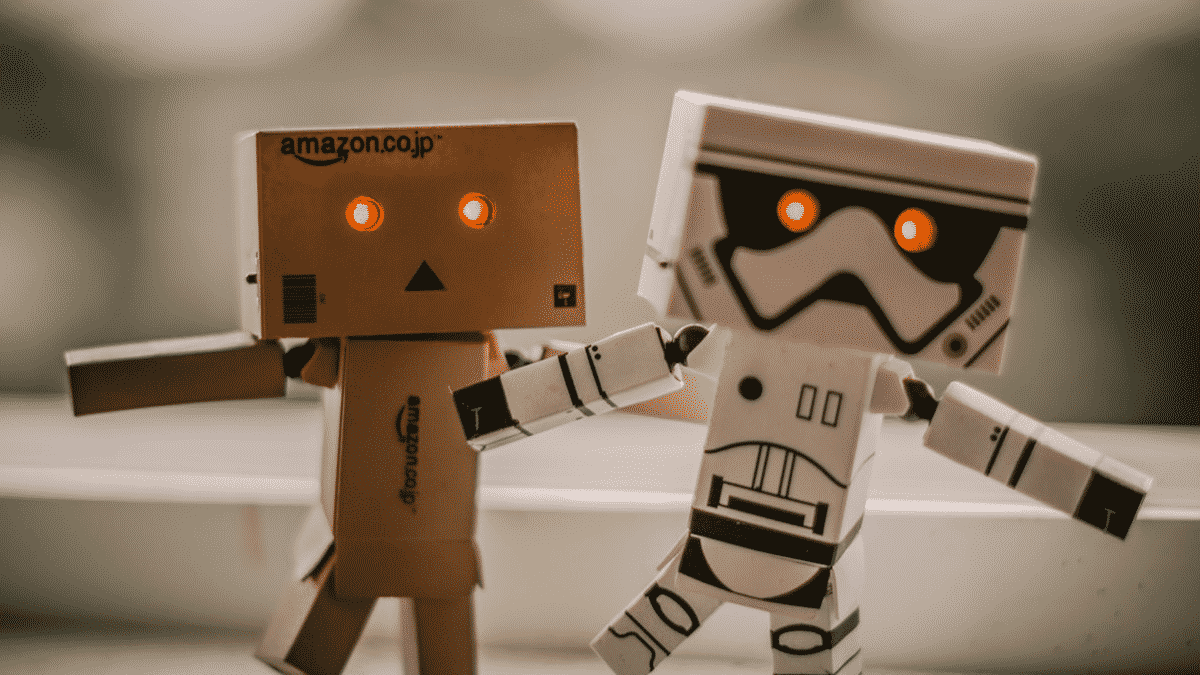Using an AI to Spot AI Writing
Catching a bot with another bot...

One of the major upcoming challenges in detecting whether a work is plagiarized is artificial intelligence. Long story short, the implications of AI for writing and creativity is vast and those issues extend beyond the philosophical and into the legal and practical.
However, those issues hinge on whether or not you can reliably detect AI writing. If we can’t tell a human from a machine, the other issues become largely moot.
To that end, there have been a lot of efforts to try and detect inorganic writing. However, much of that effort has been focused on the more current problem of contract cheating and human “bots” that write works for others. These include Turnitin’s new Authorship Investigation tool and Emma Identity, which was created by Unicheck.
Disclosure: I am a paid blogger and consultant for Turnitin.
However, both of those systems have a similar limitation. They work by detecting changes in writing from the person’s style. This means they require a large sample (usually several thousand words) of writing known to be theirs. With AI detection, that may not be practical.
With that in mind, developer Giulio Starace has come up with a new approach, using AI to detect AI. With a simple and free Chrome plugin, Starace uses the OpenAI’s GPT-2 to detect other writing by OpenAI’s GPT-2.
It’s a fairly straightforward idea and, in my testing, seemed to work fairly well.
How it Works & Testing it Out
The approach is actually fairly straightforward and actually comes from OpenAI itself, which released the detector to curb misuse of its software.
Basically, the GPT-2 AI knows what it would have likely written and, by analyzing text, it can determine the likelihood that it created it. All it needs is about 50 words of text and it can make a determination.
The Google Chrome plugin does this quite elegantly. Simply select the text you want to check and it will place a box underneath it with the probability that it is original. For example, I’m apparently not a bot after checking the first section of this post:

In my limited experiment with it, the detector did an all-around good job spotting human-written text. For example, a chosen section of text in this article on The Hollywood Reporter Esquire came back as almost certainly human (good news for Eriq Gardner!).

However, samples of known-AI text were generally well-spotted but not perfectly. For example, this post on AI Weirdness, an AI-written blog, came back as being computer created.

But the bot seemed much less sure about this sample post from the official OpenAI site.

While an 18% chance is still really low, it’s not really enough (by itself) to take disciplinary action in an academic setting and introduces some pretty significant uncertainty. Further, this is an official sample from OpenAI, not a random piece of AI-generated text. This should be the easiest catch.
Others have run into more serious failings. Janice Shane posted on Twitter that, while the bot did an overall great job, it completely missed a GPT-2 based game.
Still, the bot did an overall great job in my testing and never reported any false positives. All humans were marked as human and bots were marked as bots, albeit with differing levels of confidence.
For a free tool that you can install and use today, it was extremely impressive. That being said, there are still limitations that you should be aware of.
Limitations
The biggest limitation of this tool is that it cannot and will not detect human-generated contract cheating. This is about detecting bots and bots only. It can’t tell which human wrote a work, just that it was a human that wrote it.
Second, it’s only designed for the GPT-2 neural network, not for any other systems that are out there. That said, according to Shane, the bot did successfully detect Harry Potter fan fiction written by a different neural network.
Finally and perhaps most importantly, this is likely going to develop into a cat and mouse game where AIs tried to get better at hiding their artificial nature while other AIs try to get better at detecting them. This is likely just the first volley in what could be an ongoing war.
Still, nothing in this should deter you from giving the extension a spin, it’s completely free and works remarkably well for what it is. Even with its limitations, this detector and this plugin may well represent an important tipping point in the future of AI.
Bottom Line
To be clear, this isn’t some kind of endgame. AI is going to progress and the tools to detect AI writing are going to progress. This is, at most, a first volley, not an end.
But that doesn’t make it less impressive or important. Detecting AI work is going to be a challenge and the fact that we’re seeing this much progress on it this early is a good sign.
Still, this doesn’t mean that the problem of spotting AI writing has been “solved” or ever will be truly solved.
It’s best to think of this as a prelude, not a conclusion. Even without its limitations, this tool isn’t going to be the forever answer many will want it to be.
When it comes to AI and writing, the real challenges are still on the horizon. This is just the first real sign that some people are preparing for them.
Want to Reuse or Republish this Content?
If you want to feature this article in your site, classroom or elsewhere, just let us know! We usually grant permission within 24 hours.
